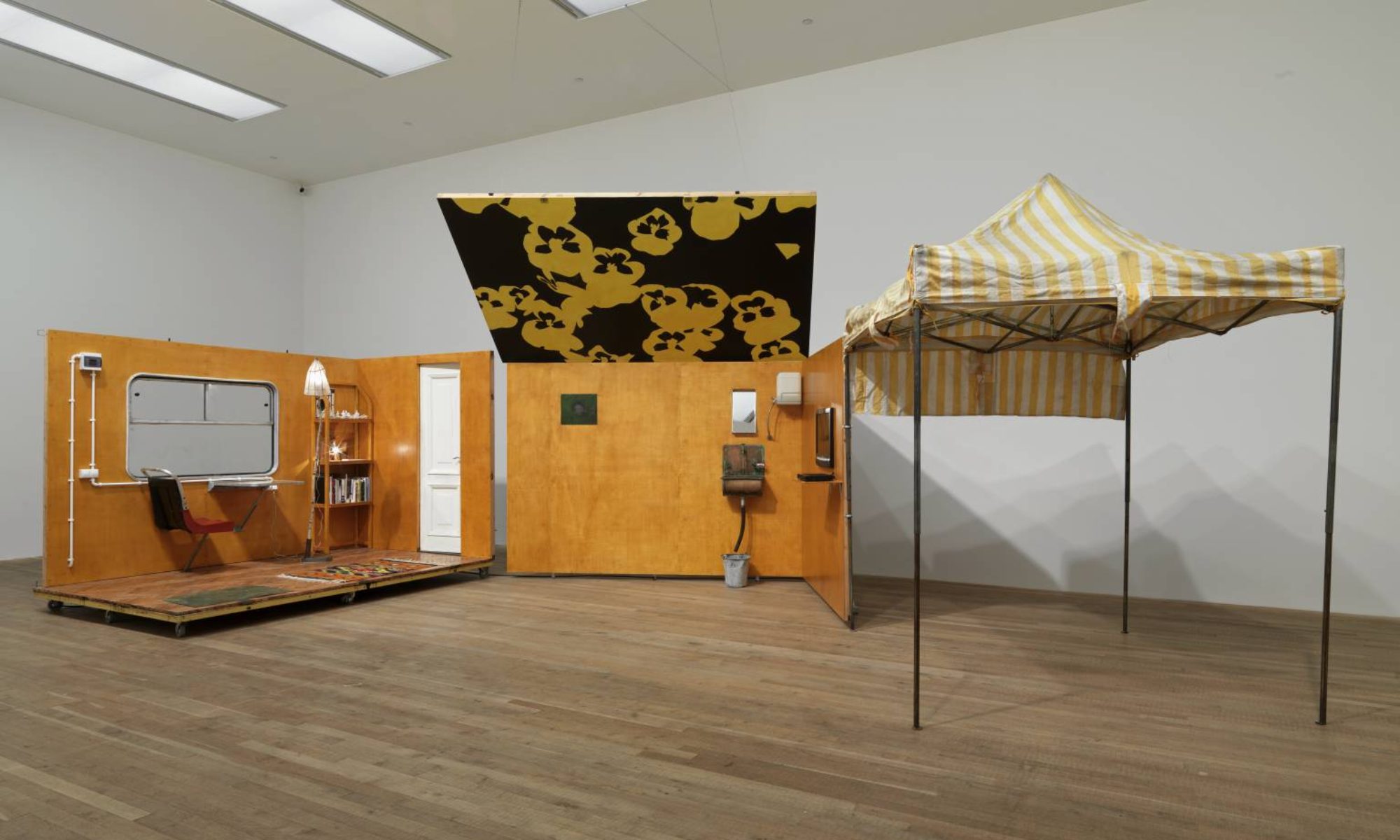I was interested in the anecdote told in “The Economy of the Line” by Rachel Zucker in A Broken Thing. The author explains how they were willing to pay for a different trim size to preserve how they formatted and broke the poem’s lines, describing, “ In the end though, I paid. I paid because I felt that the length and integrity of my lines were inextricable from the content and language of the poems”(255). While on one hand I understand that the line is very important to the poem, on the other it’s difficult for me to fully understand, because whenever I edit a poem I change up the lineation drastically. I’m not sure I have any lineation in my poems that I know so certainly that it is vital to the poem. Furthermore, this idea was really fascinating to me because it showed that the line and choices about the line were not just important in how readers perceived the author’s work, but also important as a very immediate, practical concern, as impacting finances. So, this raised the question, are there any aspects of the poems I’ve written for class that I would absolutely not change? Or do all of my poems need a lot more work before I can be that certain in how I think they need to look or sound? At this point, I think I would need to think about the poems I’ve written in a lot more depth to figure it out, or feel so certain in my poetic choices. But there are definitely certain lines or line breaks in poems I wrote for class so far that I know I would be sad to cut and feel like deleting them would took away from the poem. Reading that story made me admire the author, for having written poems that they knew so well that they would go out of their way to ensure their poems were exactly as they wanted them, and the best poems they could be.
Did anyone else have any opinions on this? Do you have aspects of your poems that you change your plans and pay to have published in that way? Or do you think it would be better to edit your poem to work in another way?
